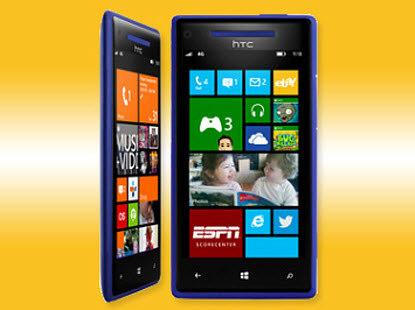BitPay will soon be launching a new platform that will available for free from Microsoft’s app store.
BitPay has now launched an open source, multi-signature bitcoin mobile wallet platform called Copay, which can be obtained through the Windows Phone app store, says a press release from that company.
The platform is available now and can be downloaded from that app store for free.
The Copay mobile wallet app is an open source project that was headed by BitPay, which is best known as a bitcoin processing payment processor for Microsoft. The application was first launched last week in Las Vegas at the massive CES technology show. Copay has been a project that has been a focus of BitPay since early last year. Since that time, it has been designing and creating the platform for its own corporate use. The software was originally developed for the purpose of offering an open source base on which highly secure bitcoin payment services could be constructed.
This mobile wallet software platform was used for transactions that need several authorization levels.
 For that reason, it worked very well when it came to the concept of corporate fund management. According to the CEO of BitPay, Stephen Pair, “This is one of our contributions to the Bitcoin technology.” He also added that the support from Microsoft has made it possible for the company to be able to “make our code available to a new group of developers and companies. We look forward to seeing how Copay evolves.”
For that reason, it worked very well when it came to the concept of corporate fund management. According to the CEO of BitPay, Stephen Pair, “This is one of our contributions to the Bitcoin technology.” He also added that the support from Microsoft has made it possible for the company to be able to “make our code available to a new group of developers and companies. We look forward to seeing how Copay evolves.”
At the moment, BitPay is hoping that developers will take a good look at its software and leave reviews for it. The company is also encouraging those developers to use that software and build on it so that they will be able to release commercial services and products such as solid mobile wallets, that are created on a foundation of Copay. This, according to the announcement of the release of this software and of its open availability.
Bitcoin as a currency has seen a rocky road, as have mobile payments, so it will be interesting where this new direction takes them.
The new Vivofit 2 is going to present a considerable difference from the brand’s original fitness band.
Among the large number of announcements and unveilings that have been made at CES, there have been many that have occurred within the wearable technology category, and this includes the decision that Garmin has made to include designer Jonathan Adler in its fitness band team.
This is one of several steps that companies like Garmin are making to make wearables something consumers want to wear.
So far, the lack of fashion in the wearable technology industry has presented a considerable barrier to its adoption by consumers. People aren’t looking to wear something all the time when it doesn’t look good. This has caused a trend within the industry that has involved notable partnerships between the product creators and known fashion designers – as was the case between Garmin and Jonathan Adler.
This has allowed the Garmin Vivofit 2 wearable technology to look considerably different from last year’s model.
While the actual tech of the device did undergo a handful of moderate improvements, it is the design of these wearables that is now worth mentioning. Certainly, the always-on display, year-long battery life, and backlighting, among other improvements are interesting and could be quite appealing to the wearer, but what is also quite interesting is the addition of the interchangeable bands that were created by the well known designer.
The new Garmin mobile technology has been designed to be seen as it is worn, instead of hiding it away, as has been the tradition with previous generations and with a number of other brands. The new “Style Collection” from the brand makes it possible for a wearer to choose the band that is appropriate to his or her personal taste and for the specific occasion. Among the options are various choices in leather and steel.
The basic shape of this wearable technology has remained essentially the same as what it was last year; as has the size. The device is designed not only to track activity and various types of factors surrounding exercise, but it also monitors a wearer’s sedentary behaviors, particularly in the case of the signature red bar that grows increasingly longer with the amount of time that a person remains stationary.
 For that reason, it worked very well when it came to the concept of corporate fund management. According to the CEO of BitPay, Stephen Pair, “This is one of our contributions to the Bitcoin technology.” He also added that the support from Microsoft has made it possible for the company to be able to “make our code available to a new group of developers and companies. We look forward to seeing how Copay evolves.”
For that reason, it worked very well when it came to the concept of corporate fund management. According to the CEO of BitPay, Stephen Pair, “This is one of our contributions to the Bitcoin technology.” He also added that the support from Microsoft has made it possible for the company to be able to “make our code available to a new group of developers and companies. We look forward to seeing how Copay evolves.”
